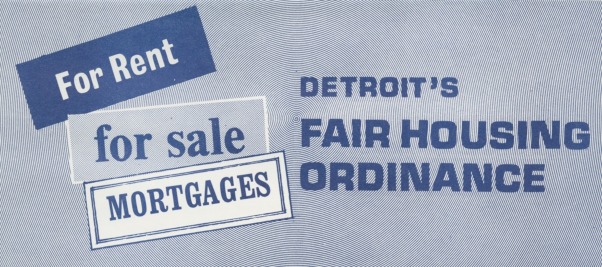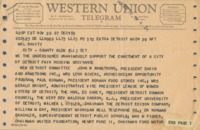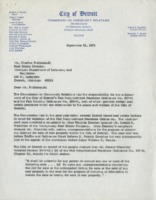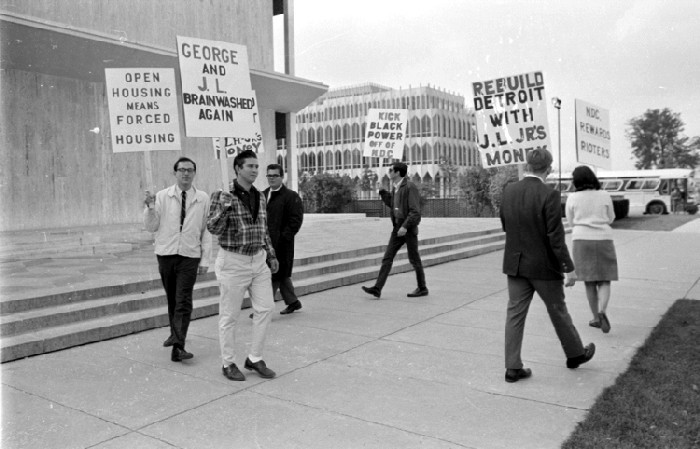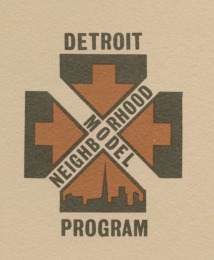Fair Housing Ordinance
After the summer of 1967, the city attempted to address segregation in housing through basic anti-discrimination measures. The Common Council passed the Fair Housing Ordinance in 1967, which prevented many forms of discrimination in the leasing and sale of property. Though higher court rulings against discrimination made the ordinance redundant, it represented efforts by some in city government to combat a root cause of the Civil Unrest.
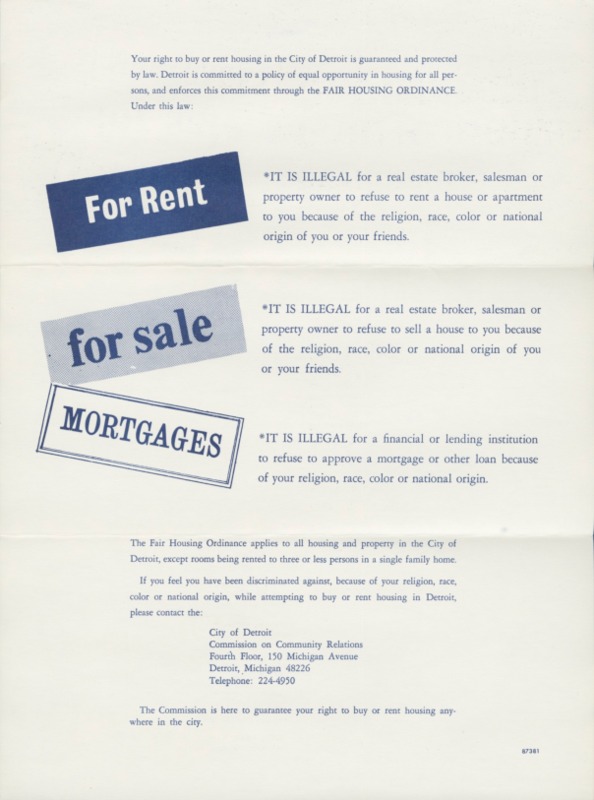
Pamphlet explaining the new Fair Housing Ordinance that had been passed by Detroit’s Common Council in late 1967. Before this law, nothing in Detroit legally prevented sellers, landlords, and real estate agents from denying housing to someone due to race or ethnicity. Click to open the document and read its contents.
In the following decades, housing in metro Detroit became even more segregated. What kind of an effect (or lack thereof) do you think anti-discrimination housing legislation had in the state of Michigan at this time? How could you find out?
Opposition to fair housing
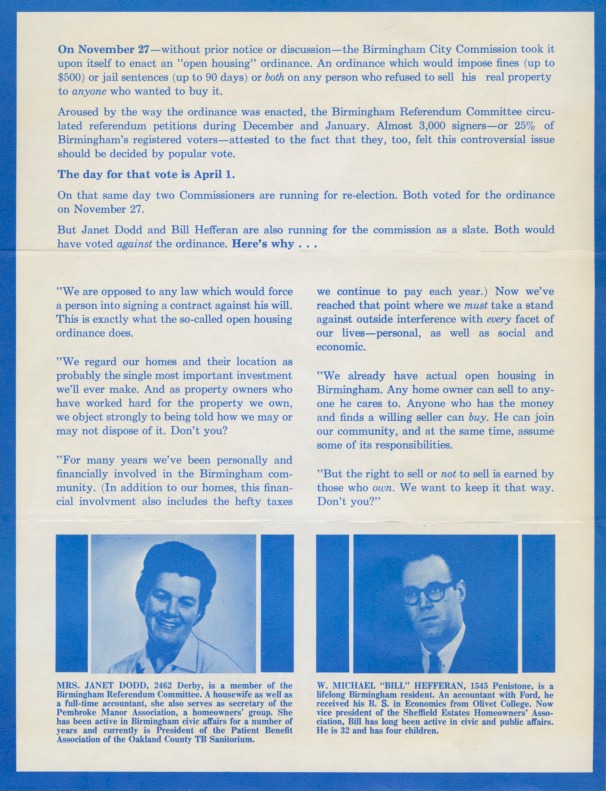
Campaign flyer from Birmingham, MI for candidates for Commissioners, running on an anti-open housing platform. That same election, Birmingham passed its own fair housing law. This document shows how opponents to anti-discriminatory housing measures commonly made their case. Source: Fair Housing Campaign in Birmingham, Michigan Records.
What similarities or differences do you see between these arguments from 1968 to opposition towards recent or current civil rights legislation? Is that a fair comparison to make? What documents would help prove your point?
Model Neighborhood program
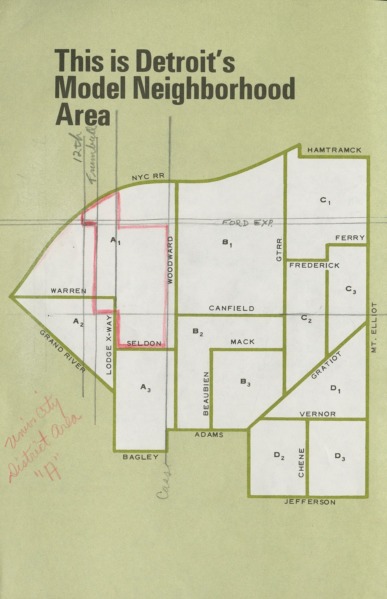
Booklet explaining the Model Neighborhood program, Detroit’s local Model Cities initiative, c. 1967. As a part of the national War on Poverty focused on issues unique to urban areas, Model Cities funded experimental social programs and alternative community governments. In areas designated as Model Neighborhoods, citizens received special services along with a larger voice in their neighborhood’s municipal operations. Source: Ruth M. Tenney Papers. Box 8, folder 1.
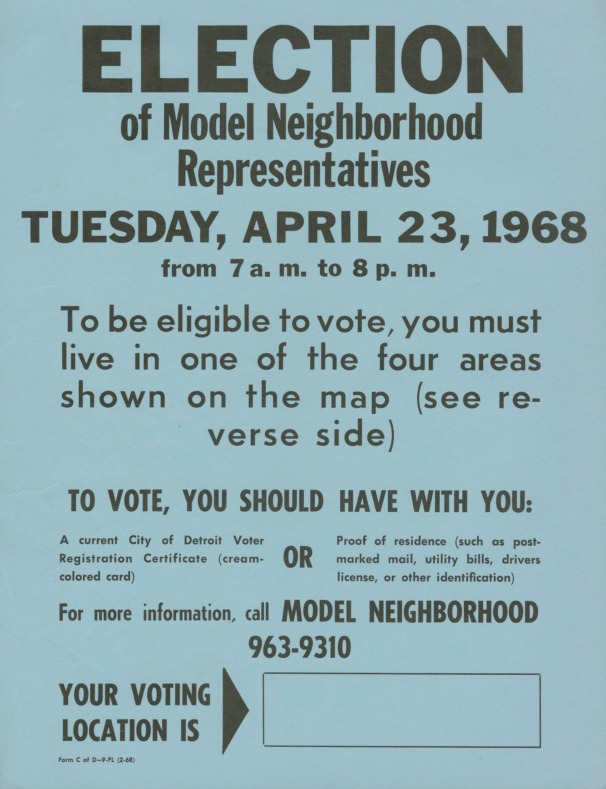
Flyer for Model Neighborhood representative election. The Model Neighborhood program set up alternative neighborhood governments, shifting some control to local communities. Though they were sometimes called into question, many of these representative boards possessed legitimate authority, butting heads and overruling city plans. Community input in development projects continues to be a debated topic in Detroit. Source: New Detroit, Inc. Collection, Box 22, folder 3.
How would the Model Neighborhood Program’s citizen boards be received today?


